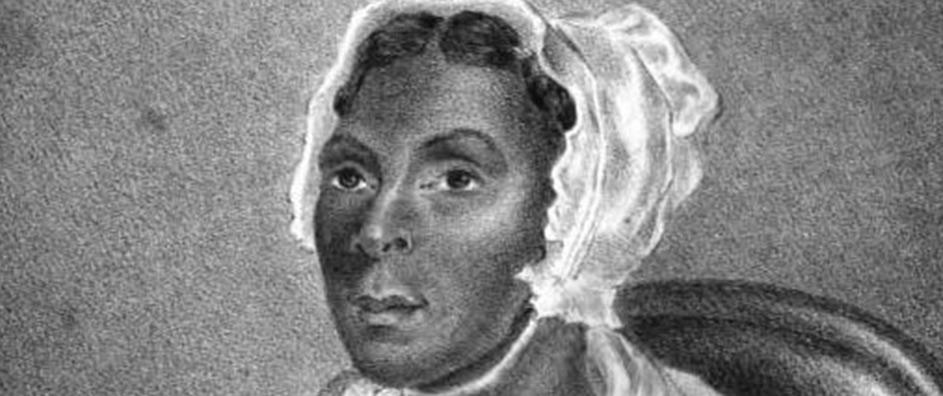In exploring the tributaries of spiritual leadership within the Bahá’í Faith, one inevitably meets the exemplary figure of the first female African-American preacher. By examining her story and the context of her remarkable journey, we unveil not just the facets of her personal experience, but also the rich tapestry of Bahá’í teachings that underscore the importance of gender equality, spiritual empowerment, and community service. Are we prepared to contend with the profound implications her life has on contemporary spiritual discourse?
The Bahá’í Faith, rooted in principles of unity and inclusiveness, invites scrutiny into the role of women in spiritual leadership. Historically, the marginalization of women’s voices in religious spheres has been pronounced; however, within Bahá’í teachings, women are considered equal partners in the divine enterprise. The emergence of the first female African-American preacher in this tradition serves as a clarion call, urging contemporary society to recognize the power embedded in diversity. Her vocation was not merely a personal ambition but a manifestation of the Bahá’í principles advocating for equality and justice.
From a lens of social justice, we must consider the manifold challenges this female preacher faced. As an African-American woman in a predominantly male, predominantly white spiritual milieu, her journey was fraught with obstacles. Yet, her tenacity illustrates a paradox that invites exploration: how does one transform personal adversity into collective empowerment? This question serves as a fulcrum, pivoting our understanding of resilience in the face of systemic barriers.
Through the lens of Bahá’í teachings, we trace her commitment to community and service, which is fundamental to the Faith’s ethos. The encouragement of practical action, as advocated in Bahá’í literature, resounds with her life choices. A preacher is not solely defined by the messages she delivers but also by her engagement with the community her ministry serves. For her, preaching was not relegated to the pulpit; it extended to social transformation, embodying the Bahá’í principle that spiritual development is intimately tied to social betterment.
The significance of her role as a bridge-builder cannot be understated. By preaching to diverse congregations, she would have engaged in dialogues that dismantled age-old prejudices. The Bahá’í teachings advocate for the elimination of prejudice of all kinds, thus her presence in leadership roles depicted a radical reformation of societal paradigms. In this framework, the preacher’s life becomes a case study in how spiritual truths can manifest in the secular world, promoting inclusivity and understanding. Are such aspirations only aspirational, or can they find root in our present societal structures?
A compelling dimension of her ministry includes the emphasis on educational empowerment. The Bahá’í writings stress the importance of education for all, especially for women and girls. An advocate for education, she would have undeniably championed this principle, forging pathways for others to discover their own spiritual vocations. Her commitment positioned her as a catalyst for change, urging communities to elevate the status of women through education, thus impacting generations.
This preacher’s life also ushers forth the question of legacy. How do we engage with the teachings she imparted in our own lives? Do we relegate them to historical anecdotes, or do we allow them to inform our contemporary views on spirituality and leadership? Her narrative compels us to introspectively navigate this conundrum, challenging ourselves to reclaim the teachings in everyday practice.
Furthermore, her depiction as a ‘contented soul’ provides an intriguing angle for contemplation. Contentment is often viewed through a lens of personal satisfaction; however, within Bahá’í teachings, it exemplifies a deeper spiritual state—one rooted in trust, acceptance, and active service. The challenge then becomes: how can we, in our pursuit of spiritual fulfillment, mirror her example of contentedness amidst life’s tribulations? It requires a conscientious effort to align one’s inner state with outer actions, fostering a harmonious existence that reflects Bahá’í ideals.
As we dissect the elements of her story, we arrive at pivotal moments that resonate with the teachings of unity, love, and justice. Her life is not merely a historical account but a living testament to the power of faith in action. The fervor to which she devoted herself to uplifting others, exemplifies the capacity of one individual to affect change on a grand scale. To what extent do we heed the call of such spiritual exemplars in forwarding the ideals of the Bahá’í Faith?
In conclusion, the first female African-American preacher within the Bahá’í community represents a stalwart figure against whom we may measure our own commitments to gender equality, community service, and spiritual leadership. Her trajectory prompts us to examine our own engagement with the spirit of Bahá’í teachings: Are we prepared to follow in her footsteps by integrating spirituality into our everyday pursuits? The potential challenge lies in not only addressing these teachings with reverence but actively participating in their propagation, thereby ensuring their relevance in a modern context. Each of us is invited not merely to admire her legacy but to embody the values she championed, thus forging a path towards a more just and unified society.
